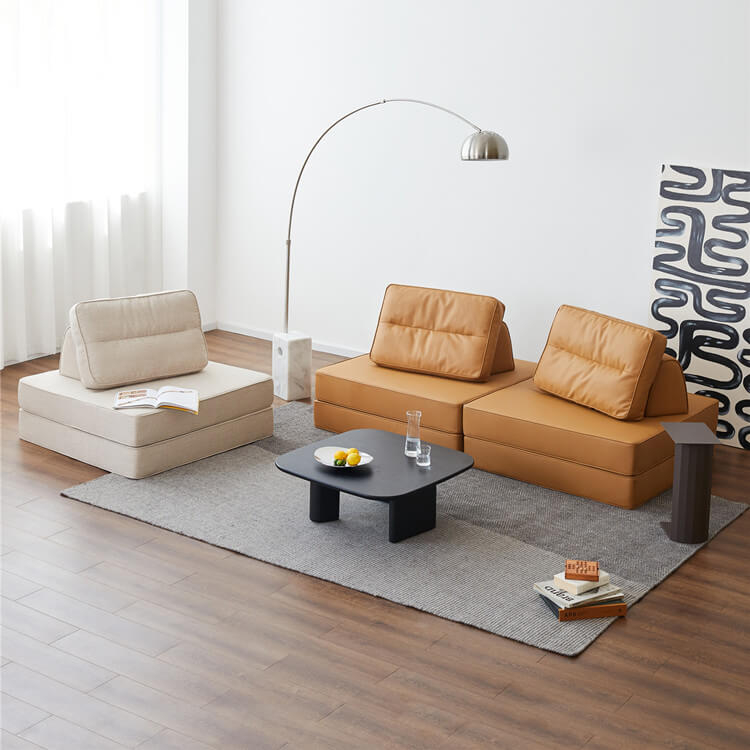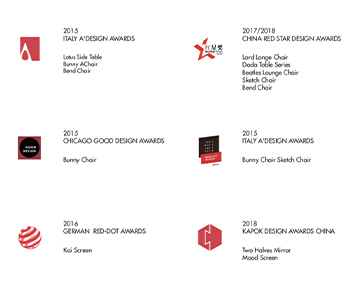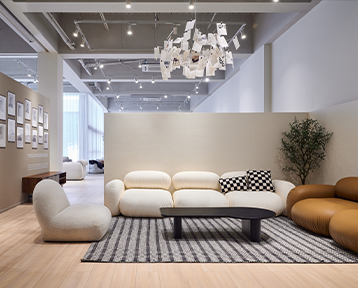Where does “less is more” come from? “Less is more” was originally declared by Mies van der Rohe, who was called “father of skyscrapers”, which was almost a revolution in those days against the superfluous aesthetic stereotype rooted in the upper class. The pursuit of being “less” is never to be boring, but a ceaseless attempt to perfectionism, a refusal to accept any inferior standard.
.jpg)
Sisi HONG – the designer of grado , admired the will of creating practical objects with the soul of artworks delivered by Mies van der Rohe. She paid homage to his reform-liked avant-garde via a ”less is more” design of the Omelette Lounge Chair.

Greatly influenced by the minimalism of “less is more”, we wished the Omelette Lounge Chair to have a minimal structure so that the beauty of the materials themselves can be presented to the largest extent. Therefore, every detail of the Omelette has been perfectly polished to offer a look of its sublime state — the stainless steel base with mirror finish and the gentlemanlike texture of deep black real leather. This typical industrial-styled mix-and-match of softness and coldness strikes a rational and calm visual impact.

Mies van der Rohe also had another well-known motto — “God is in the details.” grado has been particularly deliberate on details and materials. The solid stainless steel frame provides superior sturdy and durability; a very waterproof Cordura fabric is applied in between the upholstered seat and steel frame, reducing any friction; velcro is used to fit the upholstered seat to the frame.

Down filling guarantees comfort, while high density foam guarantees durability. Finally, button tufting joins to add a sturdy form. A delicate curve at the seat edge was detailed to ease the possible pressure on users’ legs and upgrade the seating comfort. “Fine arts” are not supposed to be “visual arts”. Designers should care about people, and care about how they feel when using the designed product.









